The infamous “smoking terror” volcano in Nicaragua has been seen occasionally burping a toxic cloud since its first eruptions in 1905.
This remarkable volcano has a dangerous and deadly history attached to it — especially after it completely destroyed a city 400 years ago.
A Smoking Terror
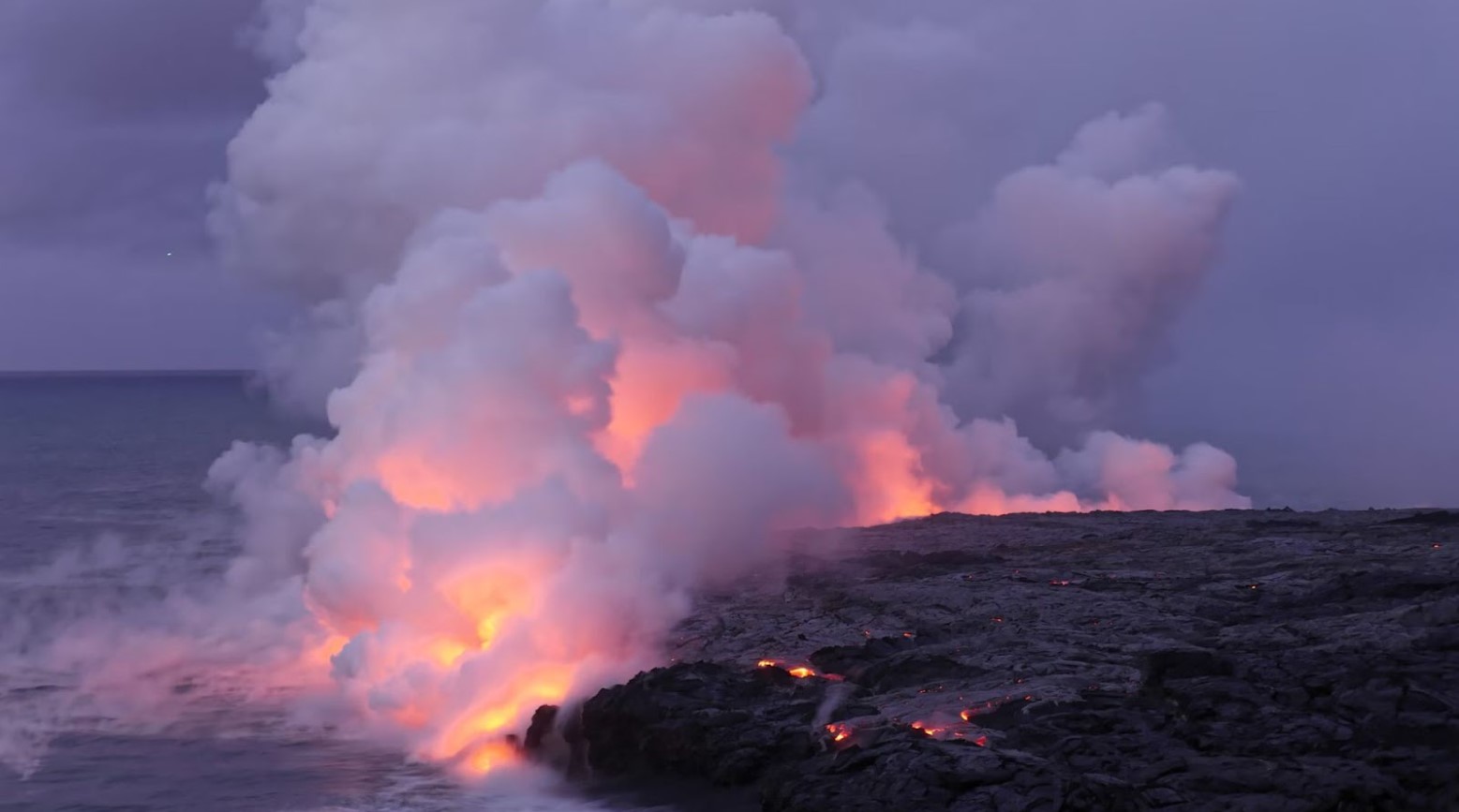
Momotombo is an active stratovolcano located in west Nicaragua. It can be found on the northern shore of Lake Managua in this area.
In 1902, stereographers were assessing the region when they decided to nickname this deadly volcano the “smoking terror.”
Momotombo’s Latest Eruptions
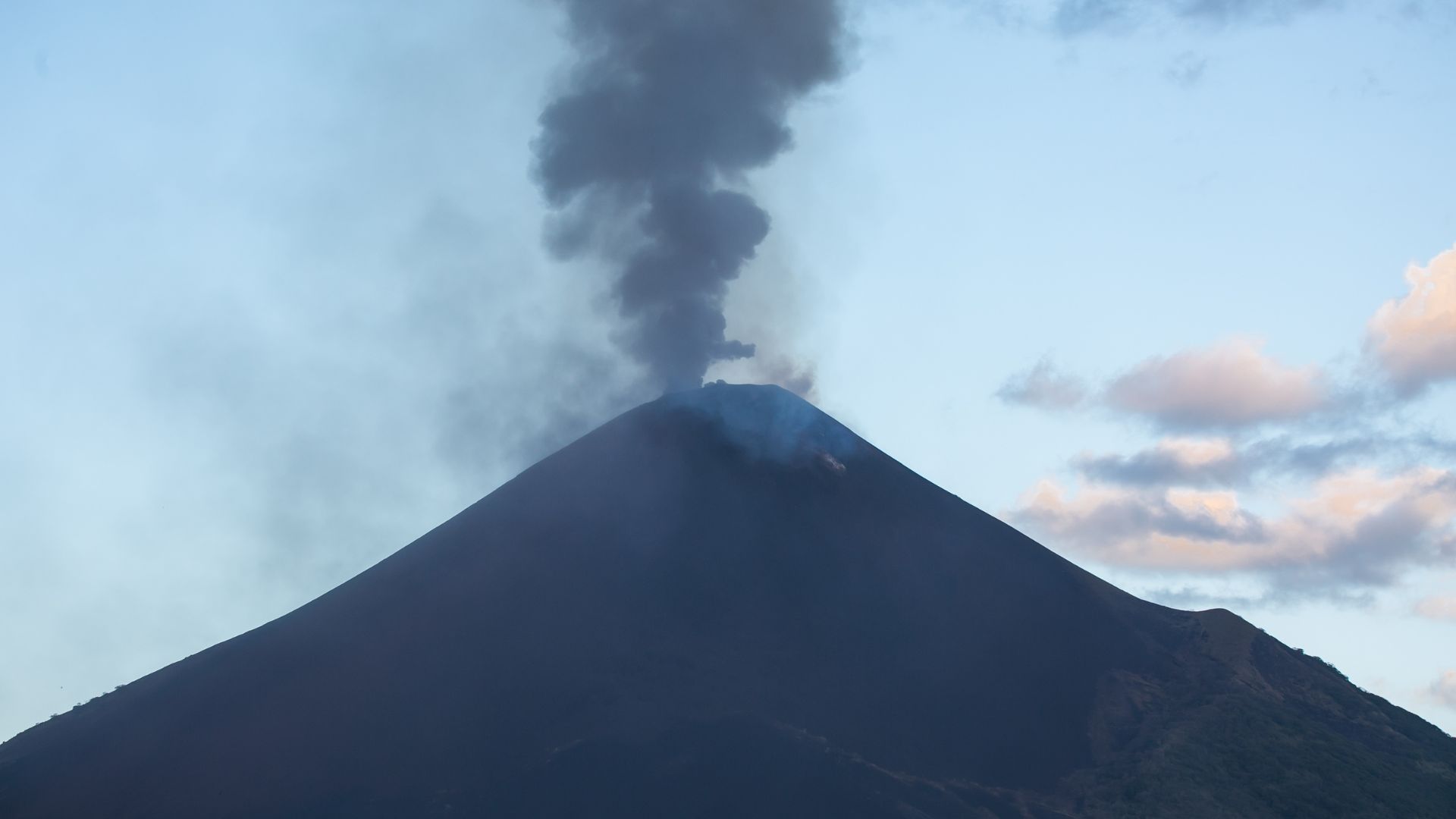
After a century of lying dormant, the “smoking terror” has once again returned to an eruptive phase.
Momotombo’s latest eruptions occurred in November 2015 and February 2016, which saw major outbursts from the volcano. Before these events, the volcano hadn’t erupted since 1905.
No Major Activity at Momotombo

After these latest eruptions, no major activity has been seen at Momotombo since 2021. However, a new photo reveals that the volcano is still acting in a remarkable way.
A new photo taken from space appears to show the “smoking terror” burping up toxic clouds of gas only a few years after its latest eruptions.
Affected Communities
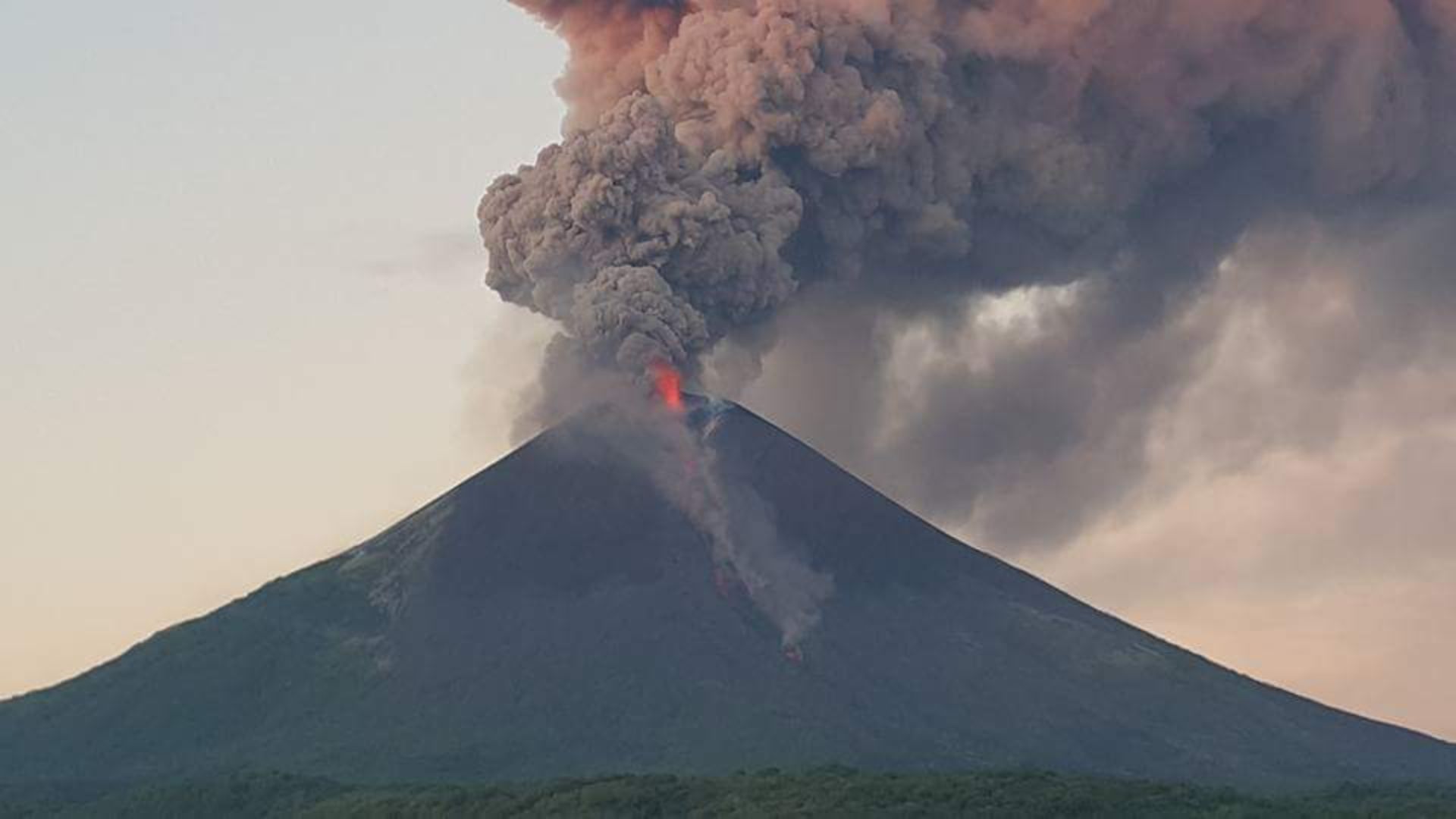
When Momotombo erupted in 2015, it was its first eruption in 110 years.
According to local reports, people started feeling tremors and noticing steam plumes weeks before the eruption. Fortunately, no one living around the volcano was hurt. However, at least six communities surrounding Momotombo reported ash fall. As a precaution, schools in the region were also closed.
The Authorities Were Not Worried
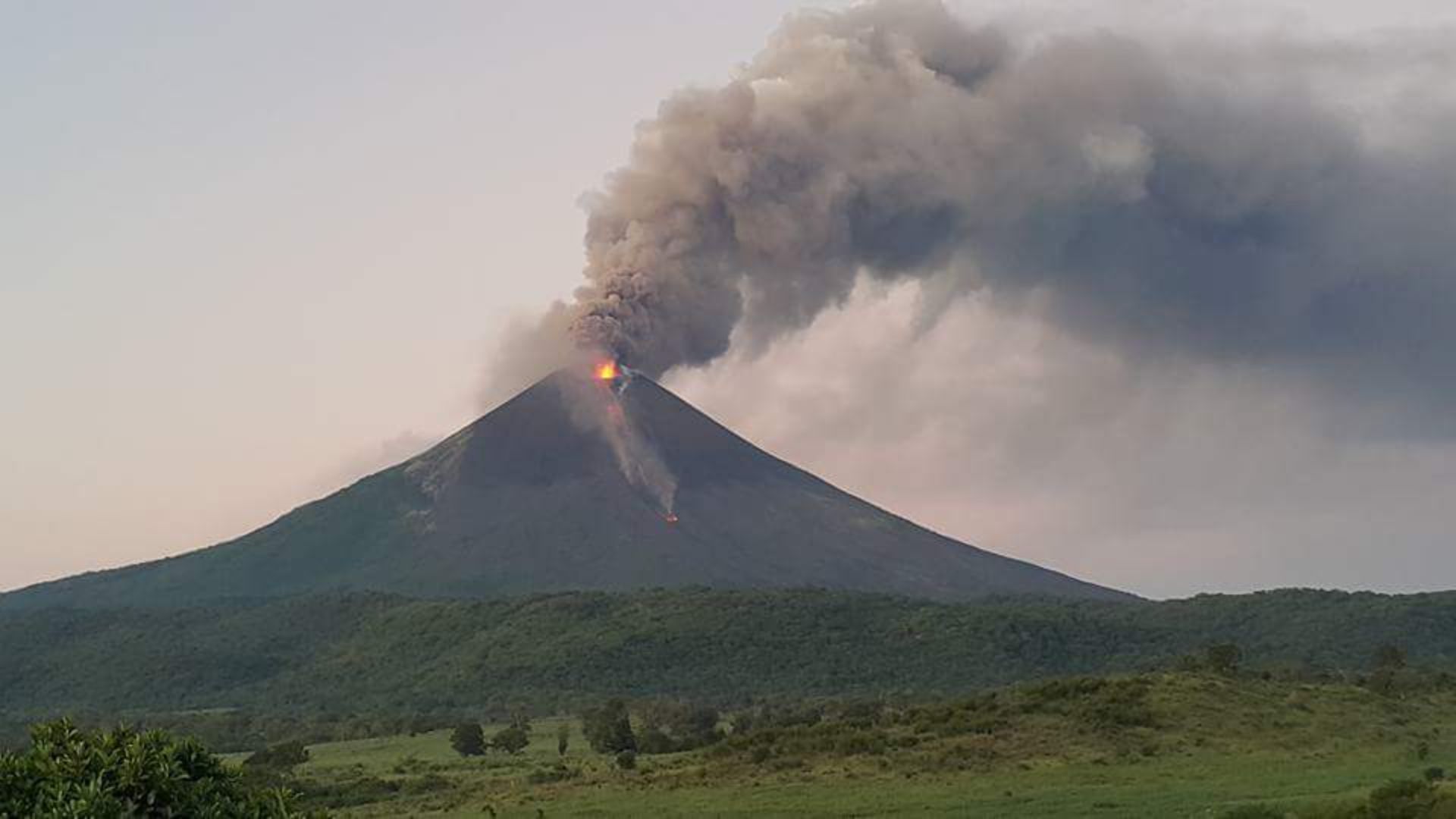
The Nicaraguan authorities decided against taking unnecessary precautions to protect residents.
They opted instead for a four-mile cordon around the volcano. However, residents were uncomfortable with Momotombo’s strange activity. Resident Lourdes Espinoza said: “I’ve never seen the Momotombo throw ash, it is something new for us residents.” Wilfried Strauch from the Nicaraguan Institute of Territorial Studies said the majority of the ash and lava was flowing down the north face of the mountain.
Toxic Gases Emitting From Momotombo
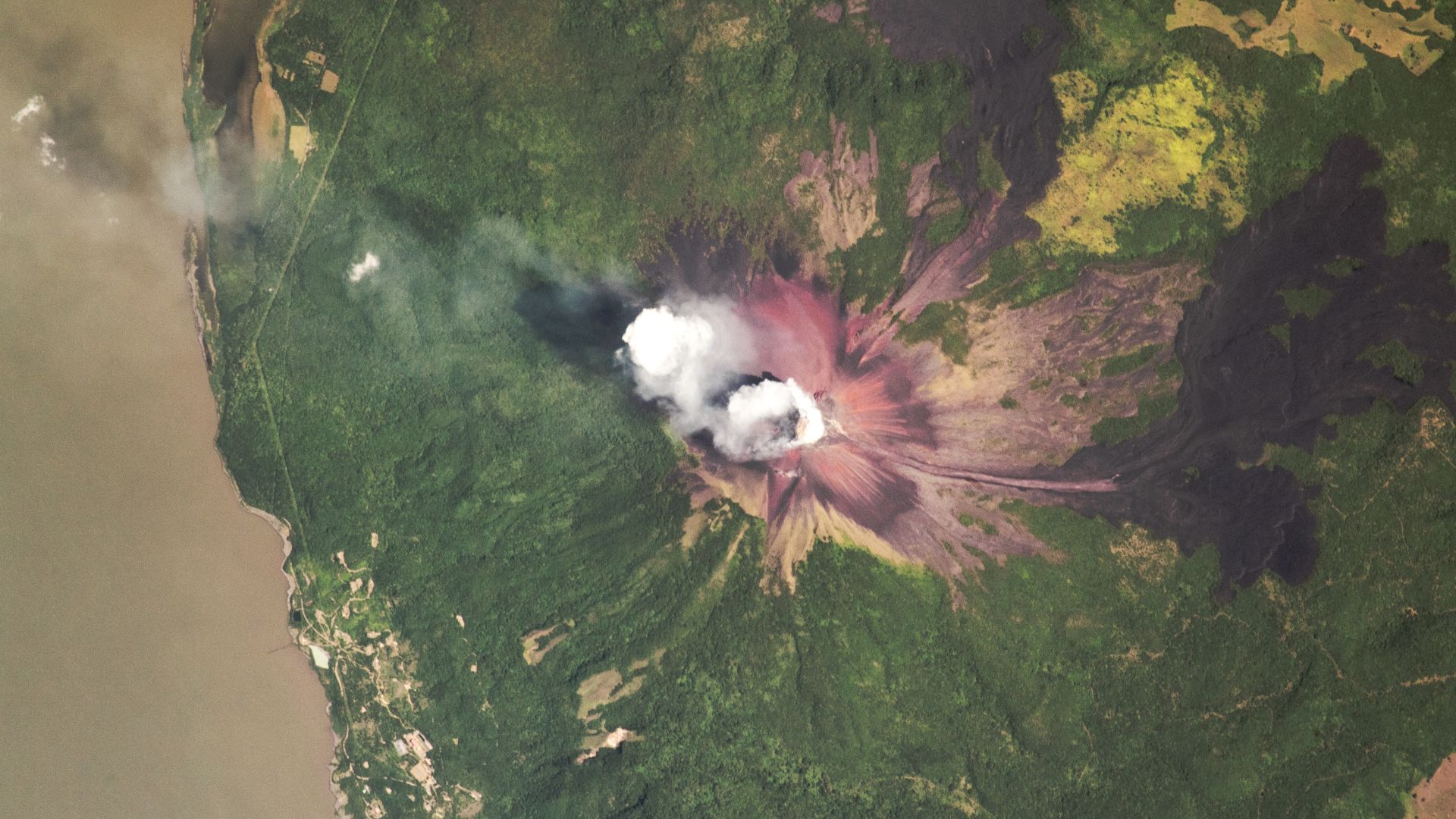
These clouds being emitted from Momotombo are likely toxic gases mixed with water vapor. According to scientists, the volcano often coughs up these clouds before and after eruptions.
Therefore, these burps could be because of its past eruptions in the last 10 years — or before a new eruption sometime in the future.
Interesting Activity

Scientists have also noted that Momotombo may be going through a rather interesting phase.
While this volcano often burps these clouds before and after an eruption, researchers have noted that Momotombo hasn’t seemed to do this at all in recent years.
A Young Volcano

Scientists have also noted that Momotombo may be quite deadly and dangerous — but it’s also a relatively young volcano, especially when compared to others seen on the planet.
Momotombo is only about 4,500 years old. Its peak is around 4,167 feet above sea level. The volcano has also had major eruptions in just the last 500 years alone.
Toxic Gases
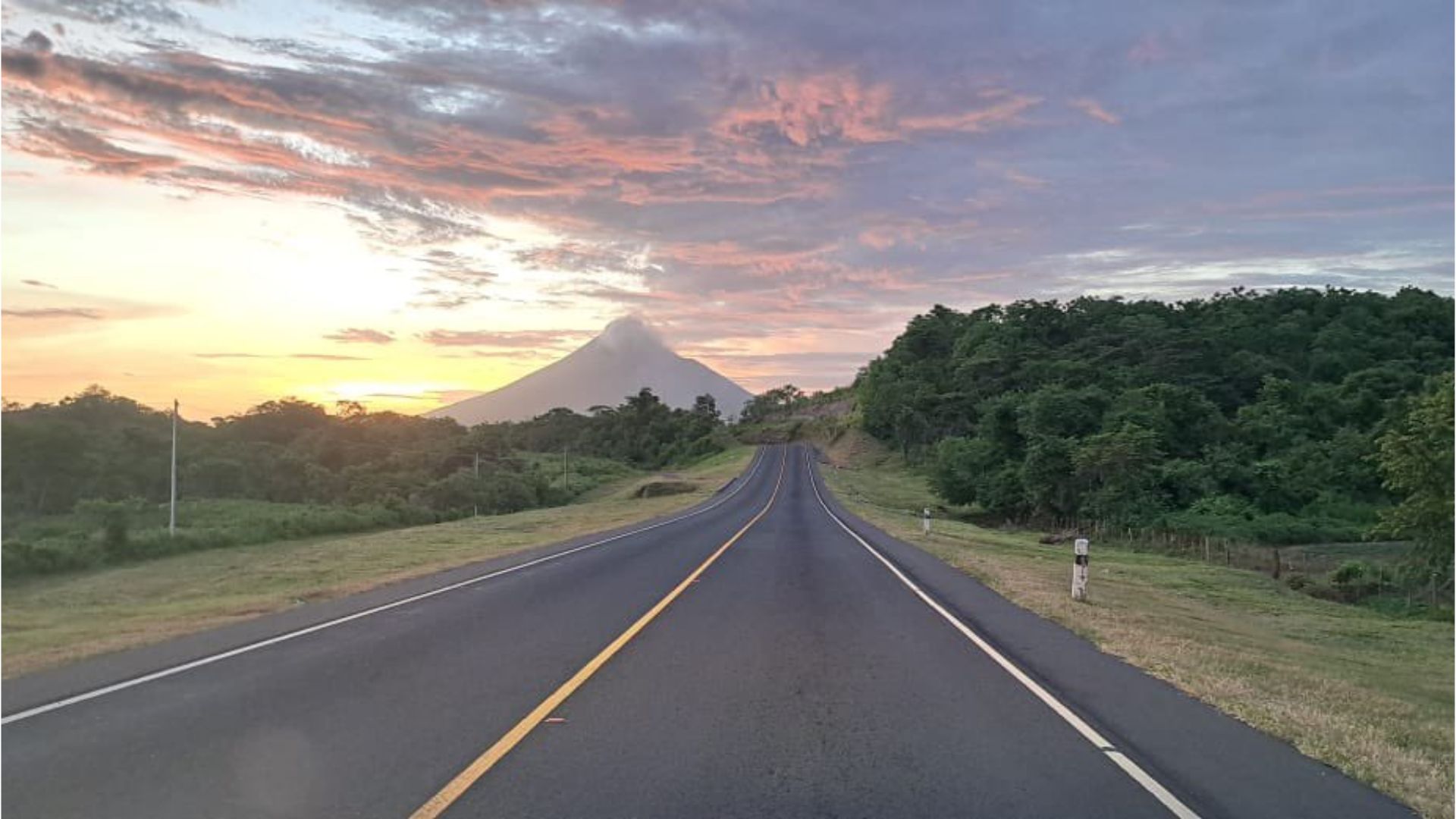
Recently, the volcano has been releasing fumes from its summit.
These fumes are probably a mix of water vapor and toxic gases. These gases could include the foul-smelling hydrogen sulfide. Over thousands of years, this gas has stained the summit yellow.
A Deadly Event
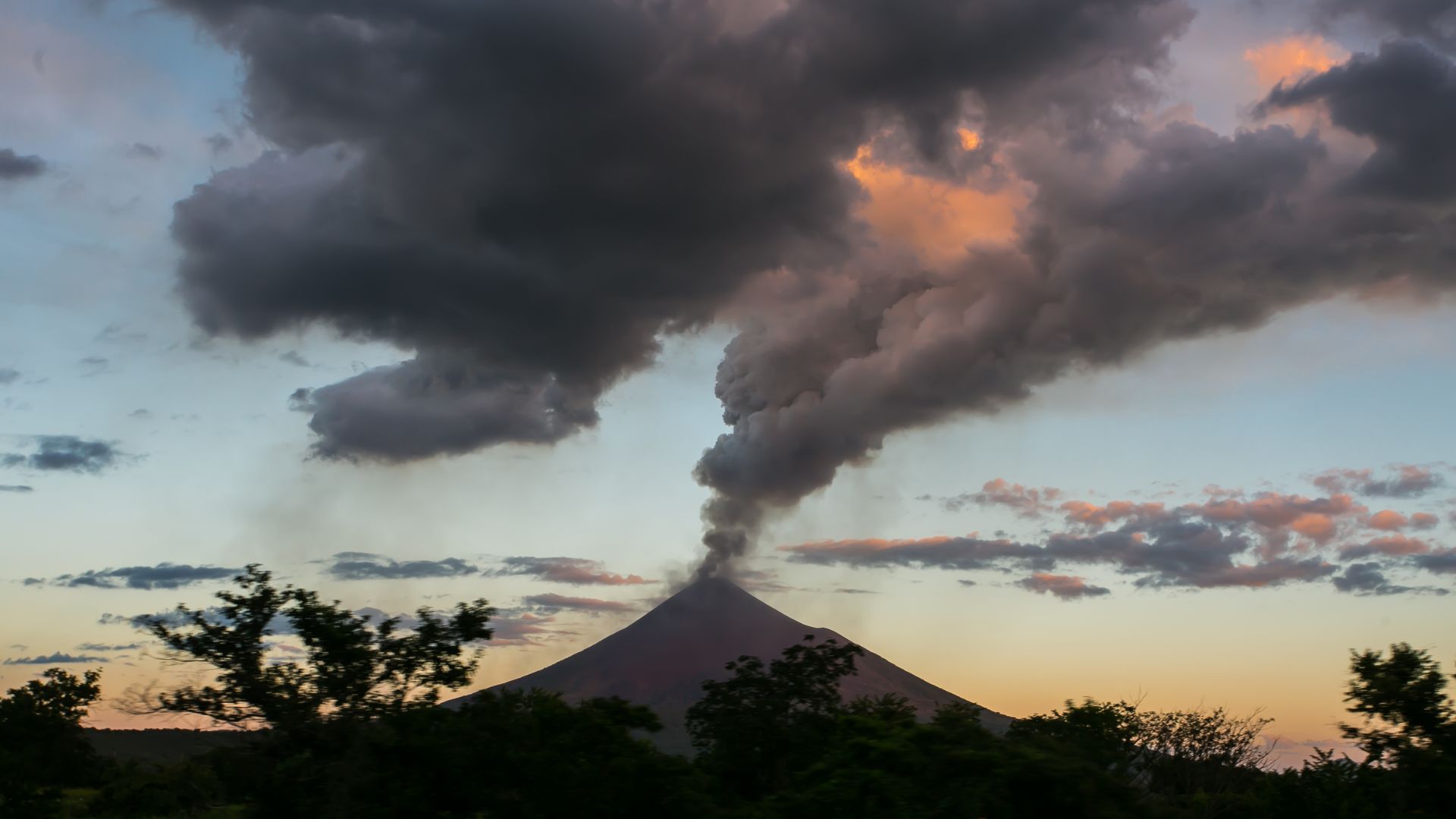
Most notably, Momotombo is responsible for completely destroying a city back in 1610.
This deadly event occurred after the volcano experienced a massive outburst, which then triggered an earthquake. This ended up destroying the city of León, a Spanish-controlled town.
León’s Destruction
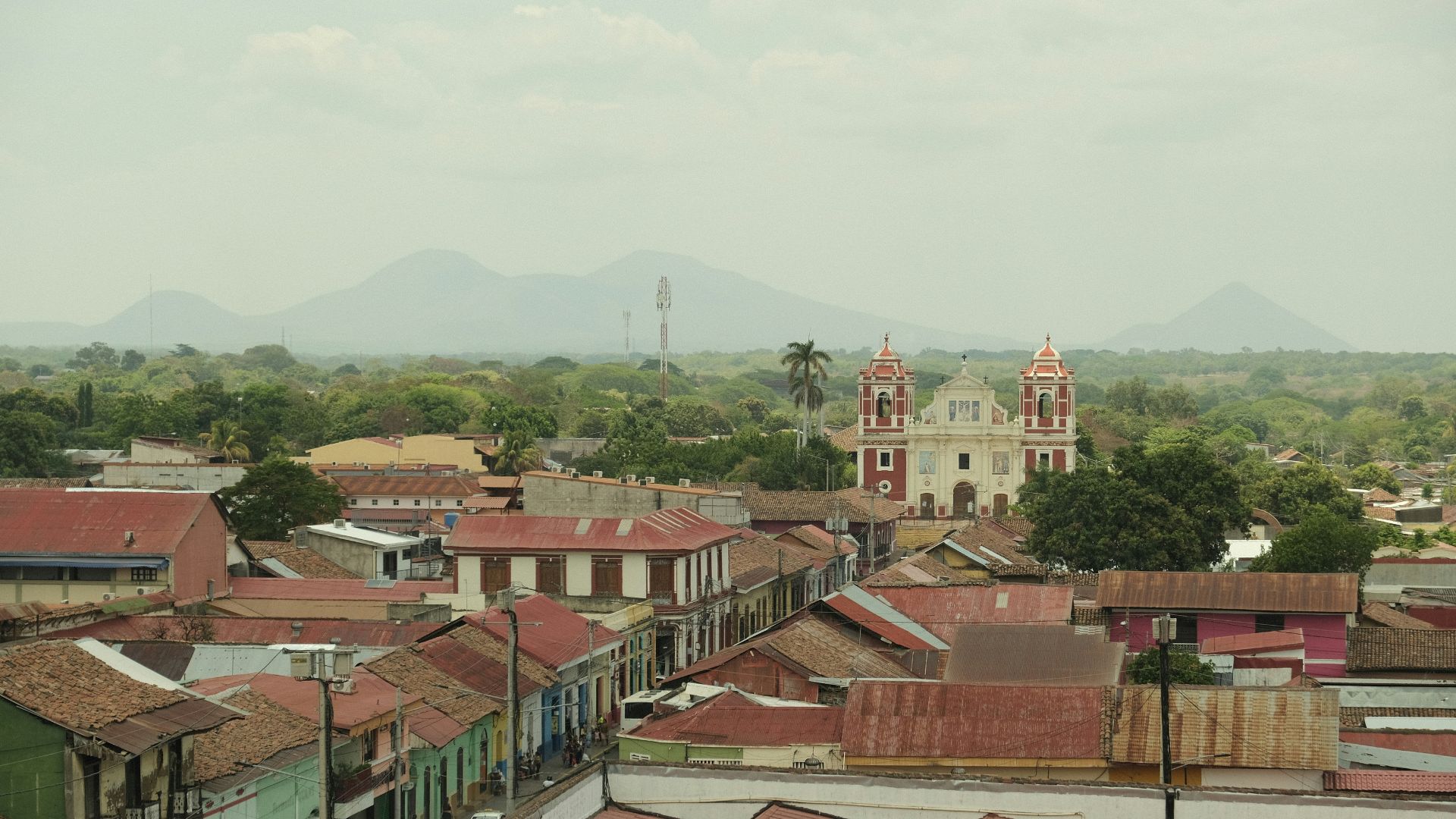
This old city was completely destroyed. Those who survived this terrible event ended up relocating and building the new, modern version of León. León is now Nicaragua’s second-largest city.
Meanwhile, the ruins of the old León from 1610 can still be seen — and the region is even a UNESCO World Heritage site.
The Ruins of León

The city of León Viejo translates to “Old Lion.” After an eruption ravaged the city 400 years ago, the city was moved closer to the indigenous village of Sutiaba. It is now known as Santiago de los Caballeros de León.
The remains of León Viejo were uncovered in 1967, and archaeological excavations began the following year.
An Anniversary
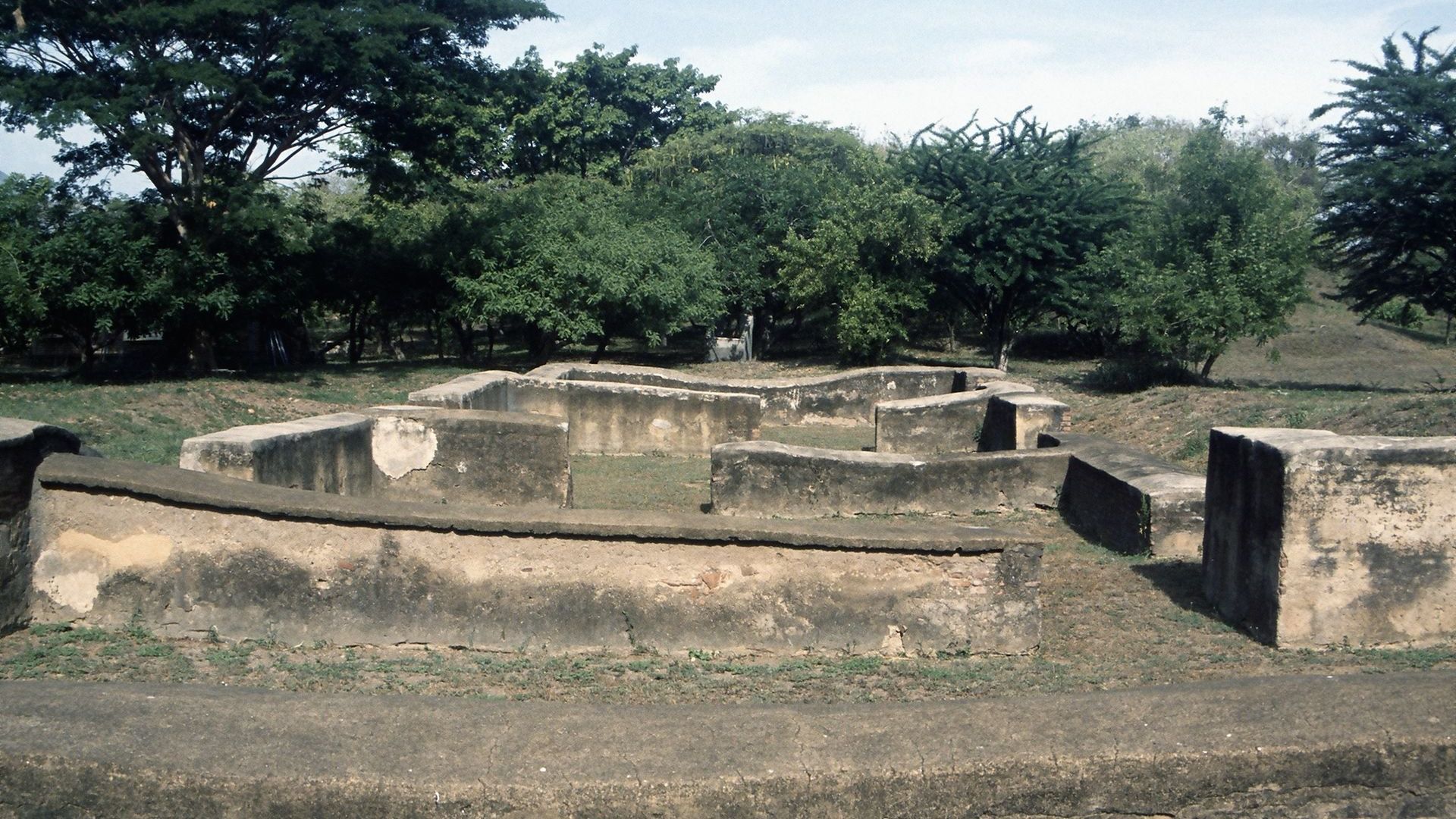
This June, locals celebrated the 414th anniversary of the moving of León Viejo away from the eruption site.
The city was moved into the province of Nagrandano with the indigenous people, the Imabite. In the language Nagrandano, Imabite means “city swallowed by water.” The eruption of Momotombo left León Viejo submerged by Lake Xolotlán. There are currently 15,000 natives in the city who celebrated the anniversary with an artistic and colorful procession.
The Central American Volcanic Arc
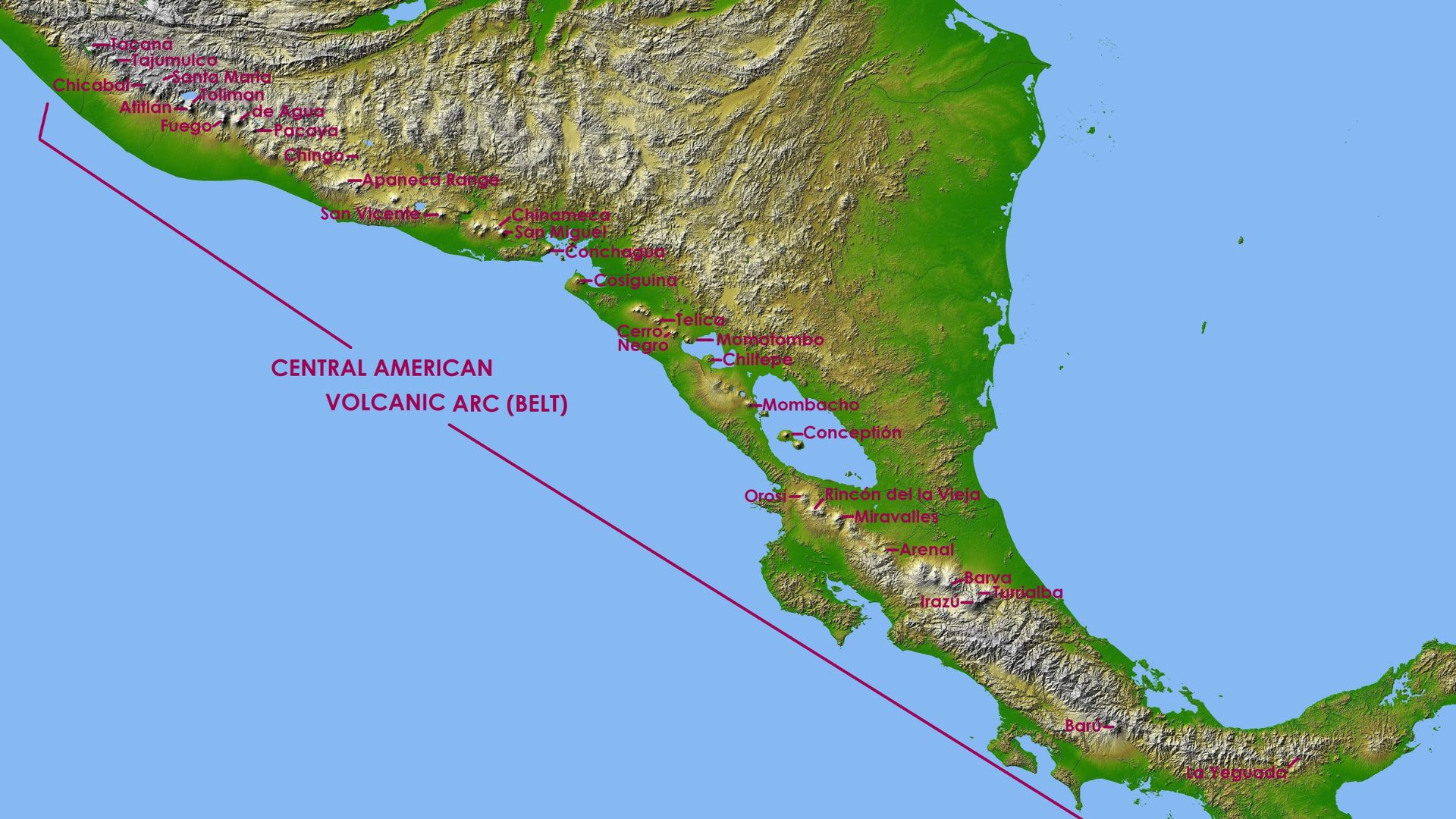
Momotombo is included in the Central American Volcanic Arc. This arc stretches from Mexico to Panama and includes many other volcanoes.
Momotombito is a smaller stratovolcano that is considered to be Momotombo’s sister at 1,150 feet tall. Both Momotombo and Momotombito were thought to be formed at the same time.
The Area Around Momotombo

As seen in these most recent photos released by NASA, the regions around the base of Momotombo include two lava fields.
These lava fields were created after the volcano’s most recent eruptions, as molten rock flowed down various lava channels to form these fields.
A Major Tourist Attraction
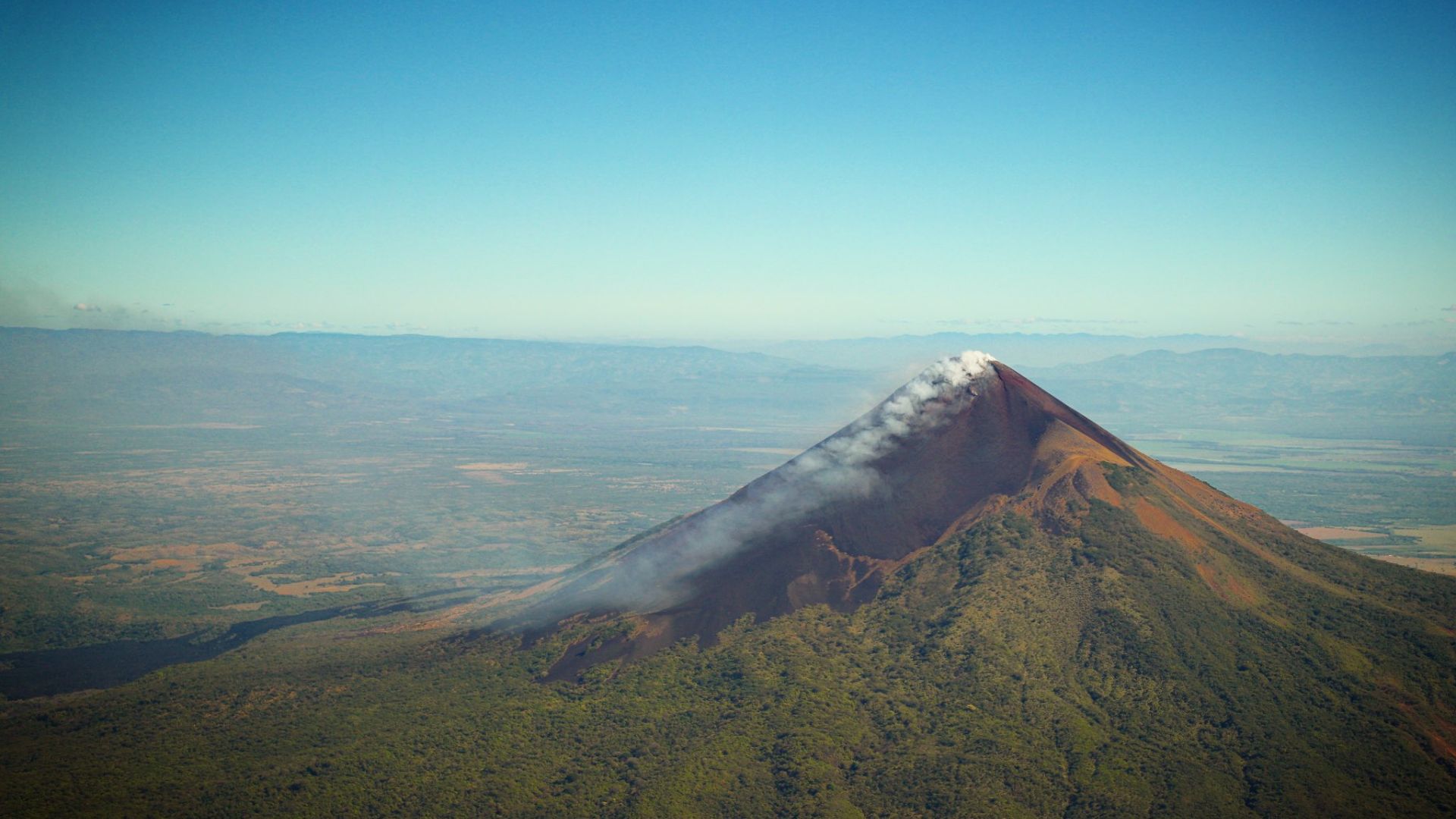
Despite the looming threat of an eruption, Momotombo is a symbol of Nicaragua that attracts thousands of tourists every year.
Lonely Planet dubs the volcano the country’s “most beautiful threat.” The red and black volcano sits over 4,000 feet above Lago de Managua. Tourists come to visit both the volcano and the ruins of León and Mateare.
The Cultural Significance of Momotombo

Momotombo is not just one of the most dangerous volcanoes in Central America. It is also of great cultural significance in Nicaragua.
To many Indigenous peoples, the volcano is a sacred place and has become an integral part of Nicaraguan art and literature over the centuries. In the native Aztec language, Nahuatl, Momotombo means “great boiling summit.”
A Popular Hiking Destination

Many tourists visiting Momotombo come wanting to climb the mountain.
Climbing Momotombo is no easy feat. It is an eight to 10-hour round-trip, according to Lonely Planet. However, the toxic fumes spouting from the volcano could become an obstacle for people who want to take on the volcano.
The Risk of Hiking
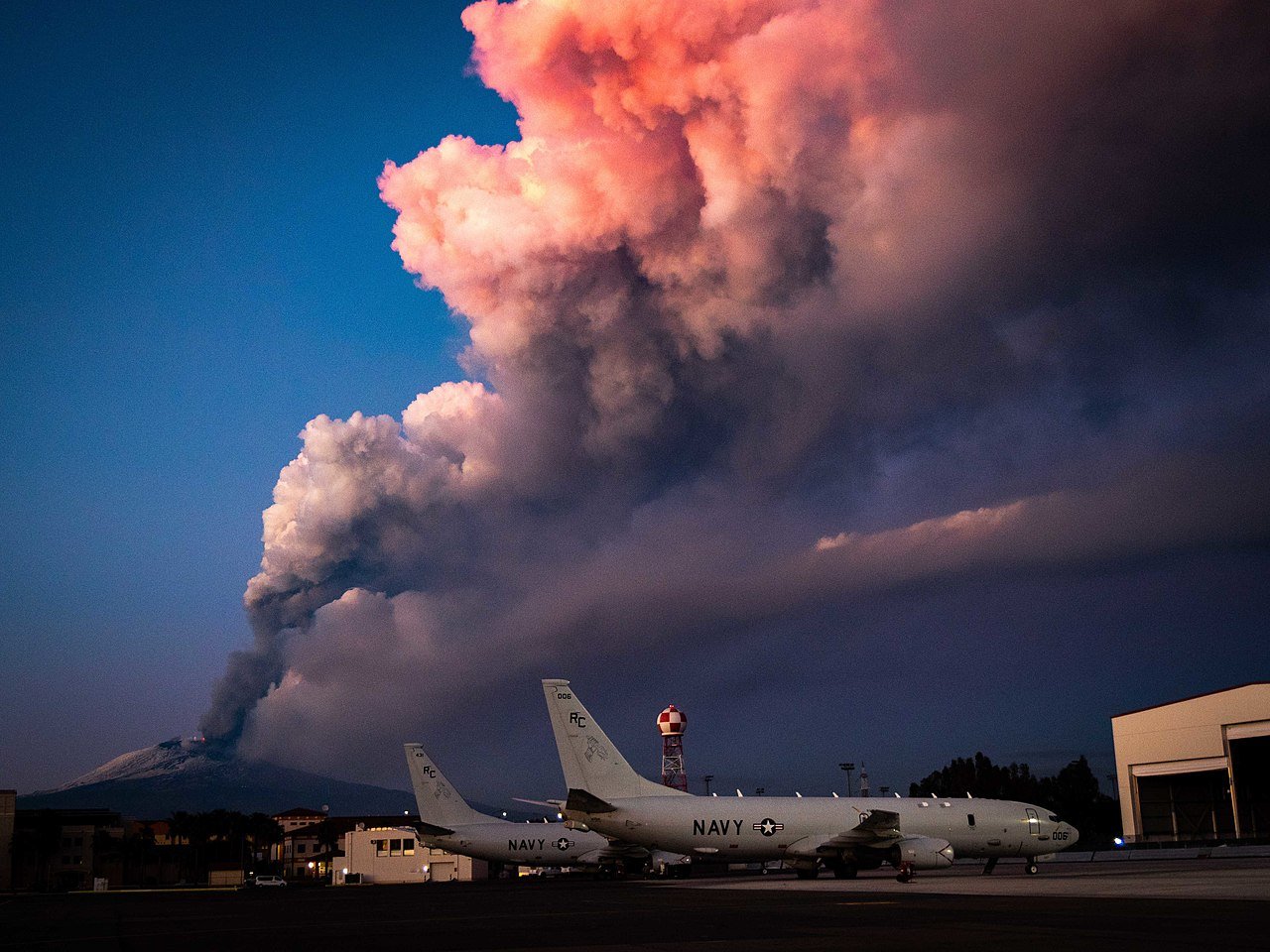
If the toxic clouds rising from the volcano are a precursor to an eruption, that could pose a serious risk to hikers.
Recently, an Italian volcano, Mount Etna, erupted. Alfio Ferrara, a spokesperson for the alpine rescue service in Sicily, warned that tourists should not underestimate the “high temperatures, strong humidity and the sudden jump in altitude” if they planned to climb the mountain during an eruption.
Climbing May Be Dangerous

The fumes coming out of the Momotombo could pose a threat to hikers looking to take on the enormous mountain.
The gases leaking out of the volcano could exacerbate the already high temperatures. Furthermore, during Nicaragua’s current rainy spate, the gases could lock in a lot of humidity further up the mountain. These can make climbing up Momotombo more difficult than usual.
A Geothermal Plant
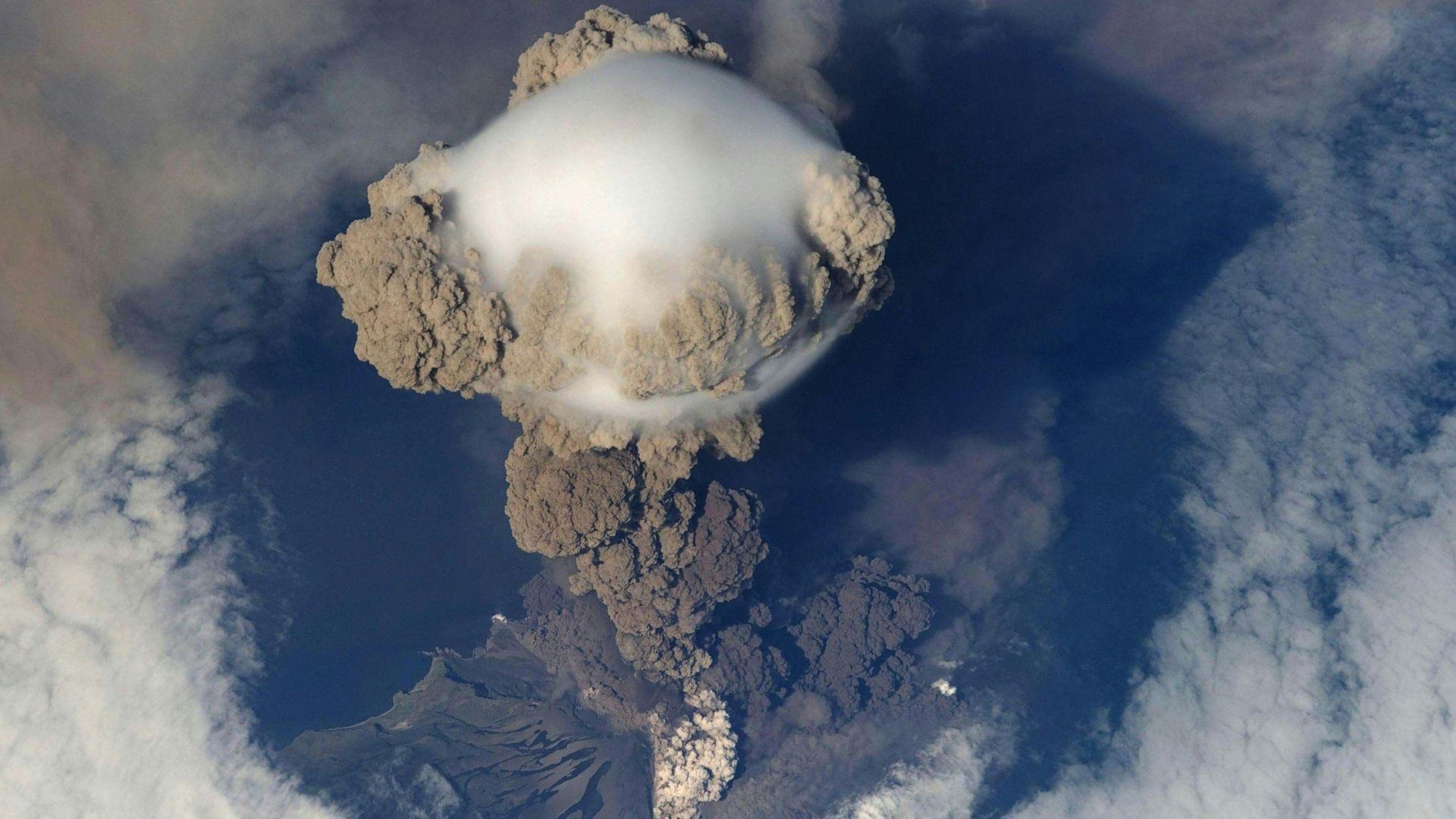
This region around Momotombo also has many fumaroles, which are small openings that have steam and volcanic gas rising up through them.
This revelation led to the region becoming a geothermal plant in 1983, which has allowed electricity to be generated from this volcano’s emissions.
Risk of Landslides
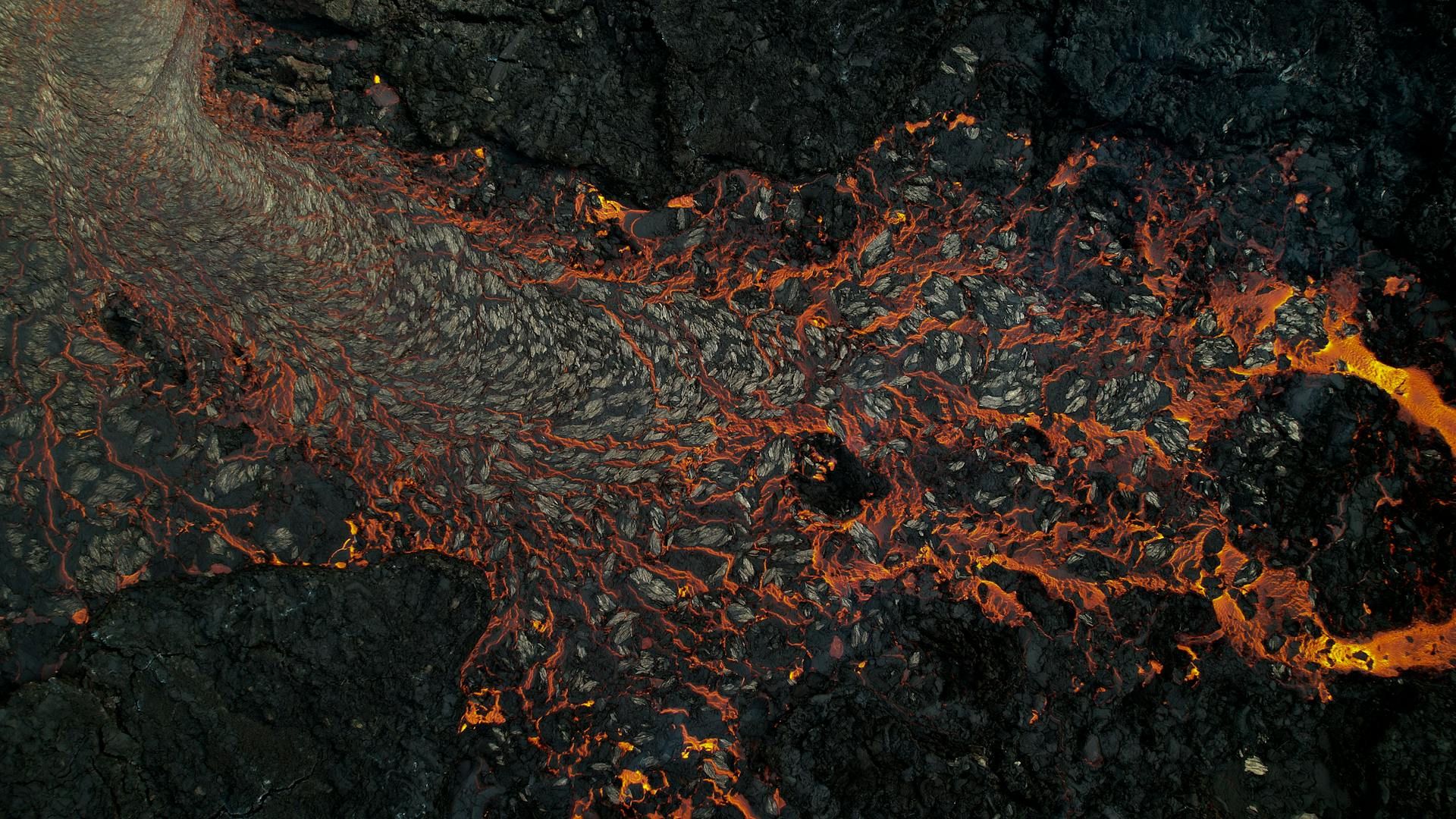
While we do not know the level of risk of an eruption, that is not the only danger.
As magma travels deeper into the ground around the volcano, the shape of the ground changes. This can give way to landslides, posing as much of a threat as the immediate dangers of ashfall and lava.
Advice for Hikers
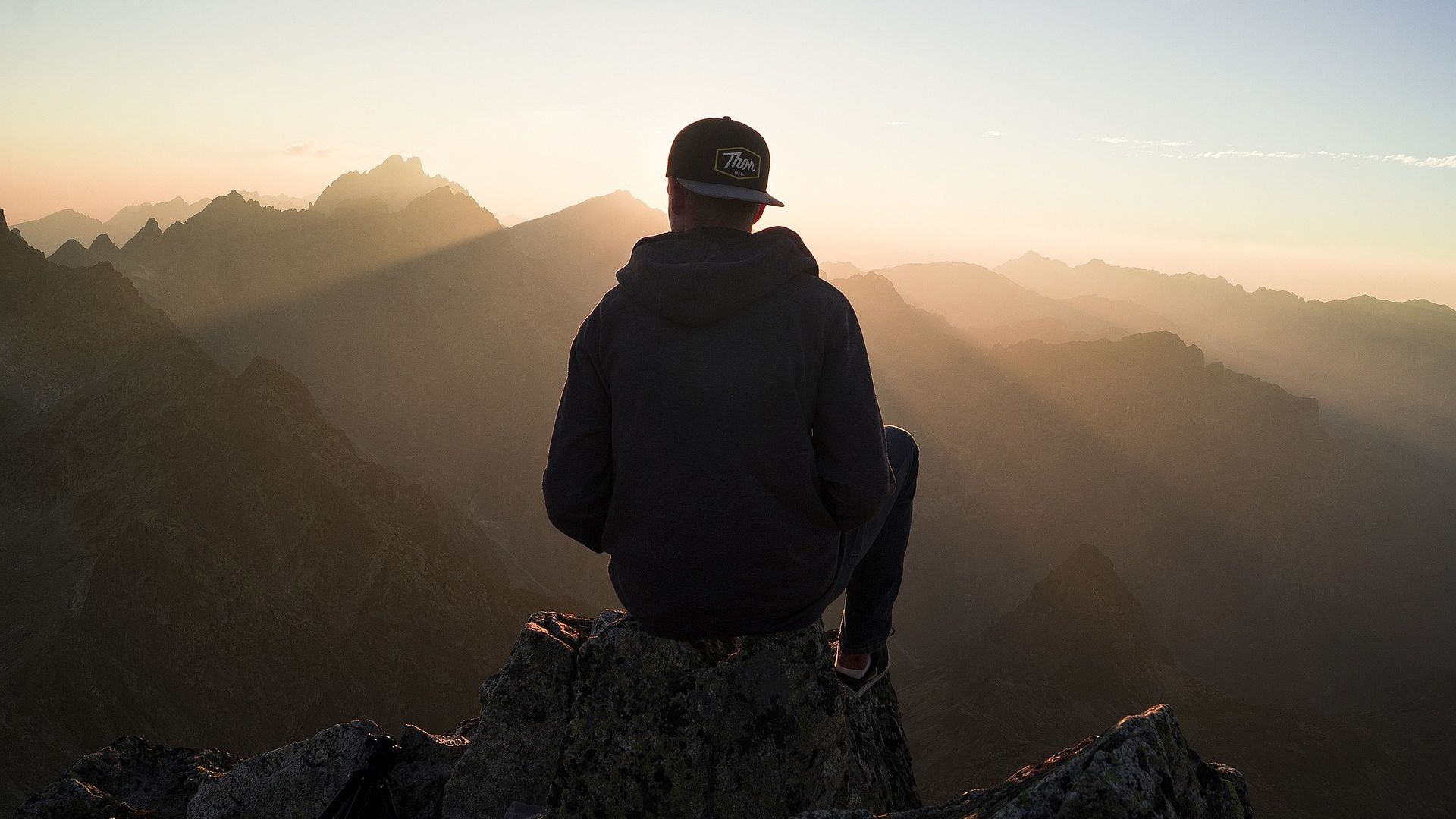
Momotombo despite the unknown risk of an eruption, here’s what you need to know.
According to the Facebook group Backpackers of Nicaragua, it is crucial to be prepared. The group advises hikers to wear appropriate shoes and clothes. It also recommends staying updated on guidance from the local authorities and following it. Access to Momotombo’s summit could be restricted due to volcanic activity.
